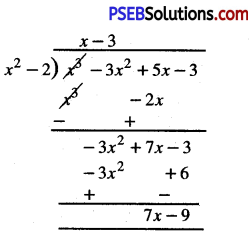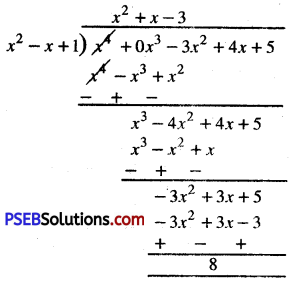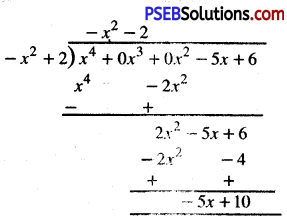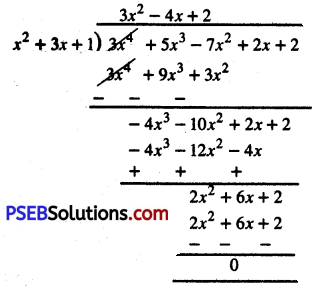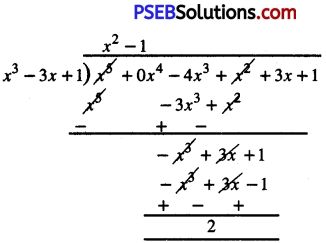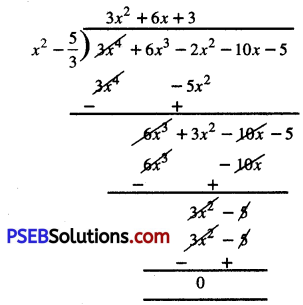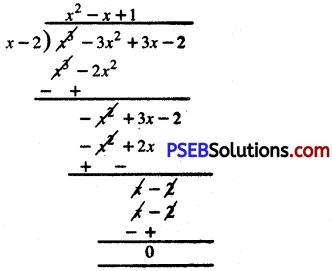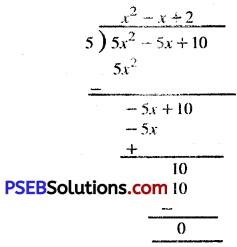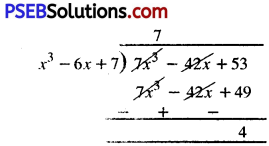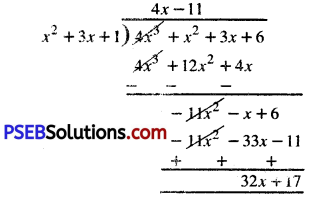This PSEB 11th Class Sociology Notes Chapter 5 Culture will help you in revision during exams.
PSEB 11th Class Sociology Notes Chapter 5 Culture
→ The thing which differentiates humans from animals is the culture that they have but animals do not.
→ If human culture is taken away from them, they will become animals. So culture and society, both are deeply related.
→ Whatever humans have achieved, from an early age till today is their culture, Culture is a learned behaviour transmitted from one generation to another.
![]()
→ An individual can only get culture at a time when he is a member of any society.
→ Culture is of two types, namely material and non-material.
→ In material culture, all the things are included which we can see or touch such as a chair, table, car, pen, home, etc.
→ In non-material culture, all such things are included which we cannot see or touch such as views, ideas, values, norms, etc.
→ Culture and traditions are deeply related. In the same way, social worries and values are also important parts of culture.
→ If they will be taken out of culture, nothing will be left in culture.
→ There are two aspects of culture-material and non-material. Changes often come in both of these aspects.
→ Change in material aspect comes very quickly but not in non-material aspect.
→ Consequently, a difference occurs among them. Material aspect moves ahead and non-material aspect lags behind. This difference is known as cultural lag.
→ The meaning of change in culture is a change in the pattern of society. This change comes due to internal and external factors.
→ Culture: Whatever man has achieved till today is his culture.
→ Material Culture: That aspect of culture which we can see or touch.
![]()
→ Non-material Culture: That aspect of culture which we can’t see or touch.
→ Cultural Lag: Due to change in both aspects of culture, the material aspect moves ahead and the non-material aspect lags behind. This difference between the two is cultural lag.
→ Norms: Established standards of behaviour shared by members of a social group.
→ Value: A principle considered worthwhile or desirable.
→ Cultural Change: That way in which society changes its patterns of culture.

